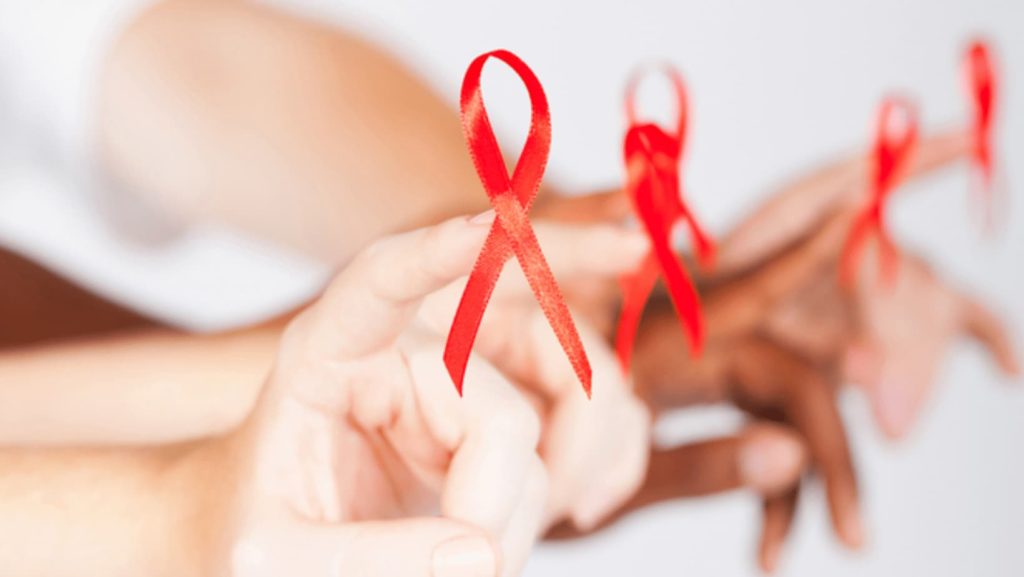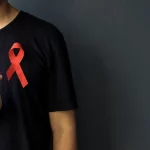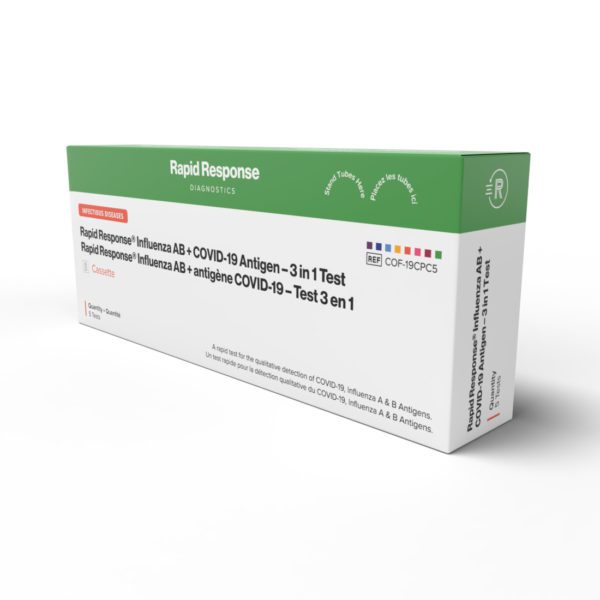According to the World Health Organization, there are 38.4 million people worldwide who have human immunodeficiency virus (HIV) in 2021, and numbers continue to grow by the day, causing a worldwide health threat.
HIV is a complex and evolving virus that can be classified into various strains, types, and subtypes. Understanding its diversity is crucial for effective diagnosis, treatment and prevention strategies.
In this article, you will:
- Learn the intricacy of HIV strains, types and subtypes
- Identify the characteristics of each subtype
- Explore its geographical distribution
- Review the importance of testing
HIV Types, Groups, Subtypes And Strains

Types
HIV has two main types of HIV: HIV-1 and HIV-2. Each of them has unique characteristics and epidemiological patterns.
- HIV-1: This is the most prevalent and widely studied type of HIV. It’is responsible for most HIV infections worldwide and has a high mutation rate or ability to recombine during viral replication. This type can be further classified into various groups, subtypes, circulating recombinant forms (CRFs), and unique recombinant forms (URFs).
- HIV-2: This type has a slower disease progression and lower transmission rates. It’s primarily found in West Africa, although cases have been reported in other regions such as Europe, India and America. Even if it’s less prevalent, it can still cause AIDS and requires similar management and care as HIV-1.
Groups
HIV-1 is subdivided into four groups (Group M, N, O, P) while HIV-2 is divided into nine groups (Group A, B, C, D, E, F, G, H and I).
HIV-1 groups
- Group M (Major): As the HIV group that caused the HIV epidemic, Group M is the most prevalent and widely studied group of HIV-1.
- Group N (Non-M, Non-O): This is a rare group of HIV-1 that represents a small proportion of global HIV infections, which is reported in Central African countries.
- Group O (Outlier): Group O is another uncommon group of HIV-1 found in West and Central Africa, particularly Cameroon and neighboring countries.
- Group P: This is the rarest HIV-1 group, and was identified in Cameroon in 2009 with only a few reported cases.
HIV-2 groups
Group A and B are the major HIV-2 groups. HIV-2 groups are prevalent in Africa, particularly in the following places:
- Group A: West Africa, particularly in countries like Senegal, Guinea-Bissau, and Gambia.
- Group B: Guinea-Bissau and Cape Verde
- Group C: Senegal and Guinea-Bissau
- Group D: Guinea-Bissau, Gambia and Sierra Leone
- Group E: Guinea-Bissau, Gambia and Sierra Leone
Subtypes
While HIV-1 has about ten subtypes and HIV-2 has no subtypes.
HIV-1 subtypes are spread globally. Here’s is an overview of locationsplaces where the specific subtypes are predominant:
- Subtype A: Africa, particularly in Uganda and Kenya, Eastern Europe, and parts of Central Asia.
- Subtype B: This was prominent during the early HIV epidemic in Europe and North America. It remains prevalent in these regions but has spread to other parts of the world.
- Subtype C: This subtype accounts for a significant proportion of HIV infections worldwide and is prevalent in Southern and Eastern Africa, including countries like South Africa, Zambia and India.
- Subtype D: East Africa, particularly in Uganda and Tanzania and parts of Europe.
- Subtype F: Southeast Asia and South America, particularly Brazil
- Subtypes G, H, J, K, and L: These subtypes have been identified in various regions but at lower prevalence rates.
How common are the different subtypes?
The ranking of HIV-1 subtypes from most common to least common is as follows:
-
-
- 1. Subtype C
-
- 2. Subtype A
-
- 3. Subtype B
-
- 4. Subtype D
-
- 5. Subtype G
-
- 6. Subtype F
-
-
-
- 7. Subtypes H, I, J, K, and L
-
Strains
Circulating recombinant forms (CRFs), also known as HIV strains, are genetic variants that result from the exchange of genetic material between the virus’ different subtypes.
These CRFs exhibit unique genetic characteristics and contribute to the overall diversity of HIV. Here are some of the common HIV strains:
- CRF01_AE: A widely prevalent hybrid HIV strain that comes from recombining subtypes A and E, CRF01-AE is primarily found in Southeast Asia ,East Asia, the Pacific, and parts of Europe. It’s popular for its rapid spread and unique genetic features.
- CRF02_AG: This strain is primarily found in West Africa, particularly Ghana, Cameroon, and Nigeria. It’s a recombinant strain derived from subtypes A and G.
- CRF06_cpx: CRF06_cpx is a complex circulating recombinant form of HIV-1 from subtypes A, D, G, and other unknown parental strains. It’s usually found in West and Central Africa, particularly Cameroon and the Democratic Republic of Congo.
- CRF07_BC: Predominantly found in China and other parts of East Asia, this is a recombinant form derived from subtypes B and C. CRF07_BC has shown localized spread within the region, and its prevalence has been associated with specific high-risk populations, such as injection drug users.
- CRF08_BC: Another circulating recombinant form prevalent in China, particularly among men who have sex with men (MSM) is this hybrid strain resulting from recombining subtypes B and C .
There are a lot of HIV strains, but this list contain the more prevalent ones. Viruses continually mutate as they transfer from one host to another, causing new strains to evolve.
Can you contract more than one strain?
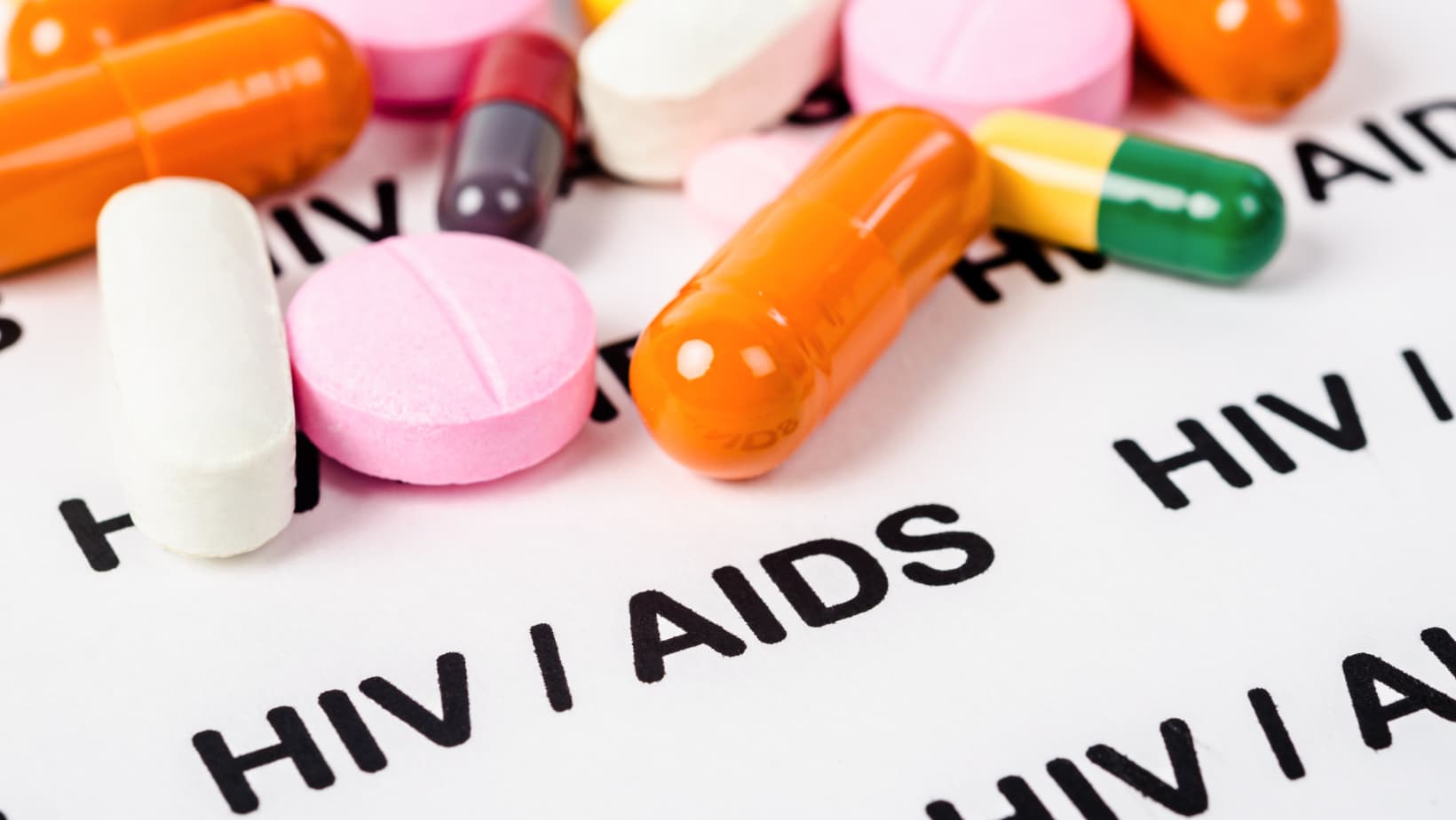
Yes, it’s possible to be infected with multiple strains or subtypes of HIV.
This can occur through sexual transmission with multiple partners or exposure to contaminated blood products.
Co-infection with different strains or subtypes, also known as superinfection, can result in complex interactions within the body, potentially influencing disease progression and treatment outcomes.
However, current testing kits and confirmatory tests can detect the presence different HIV strains, making diagnosis more accessible.
How to test HIV types

Current testing methods accurately detect HIV-1 and HIV-2. While the testing for the specific groups, subtypes, and strains remains limited to laboratories for research purposes, testing kits for the main types are readily available to the public.
Accurate and timely diagnosis of HIV is crucial for initiating appropriate treatment and care. HIV testing detects specific viral components or antibodies in blood or oral fluid samples. Various testing methods are available, including:
- Antibody tests: These tests detect antibodies the immune system produces in response to HIV infection. They are commonly used as initial screening tests.
- Antigen tests: Antigen tests detect viral proteins (antigens) produced by HIV. They can provide faster results compared to antibody tests during the early stages of infection.
- Nucleic acid tests (NAT): NAT directly detects the genetic material (RNA or DNA) of HIV. These tests are highly sensitive and can detect HIV infection soon after exposure.
Wrapping up
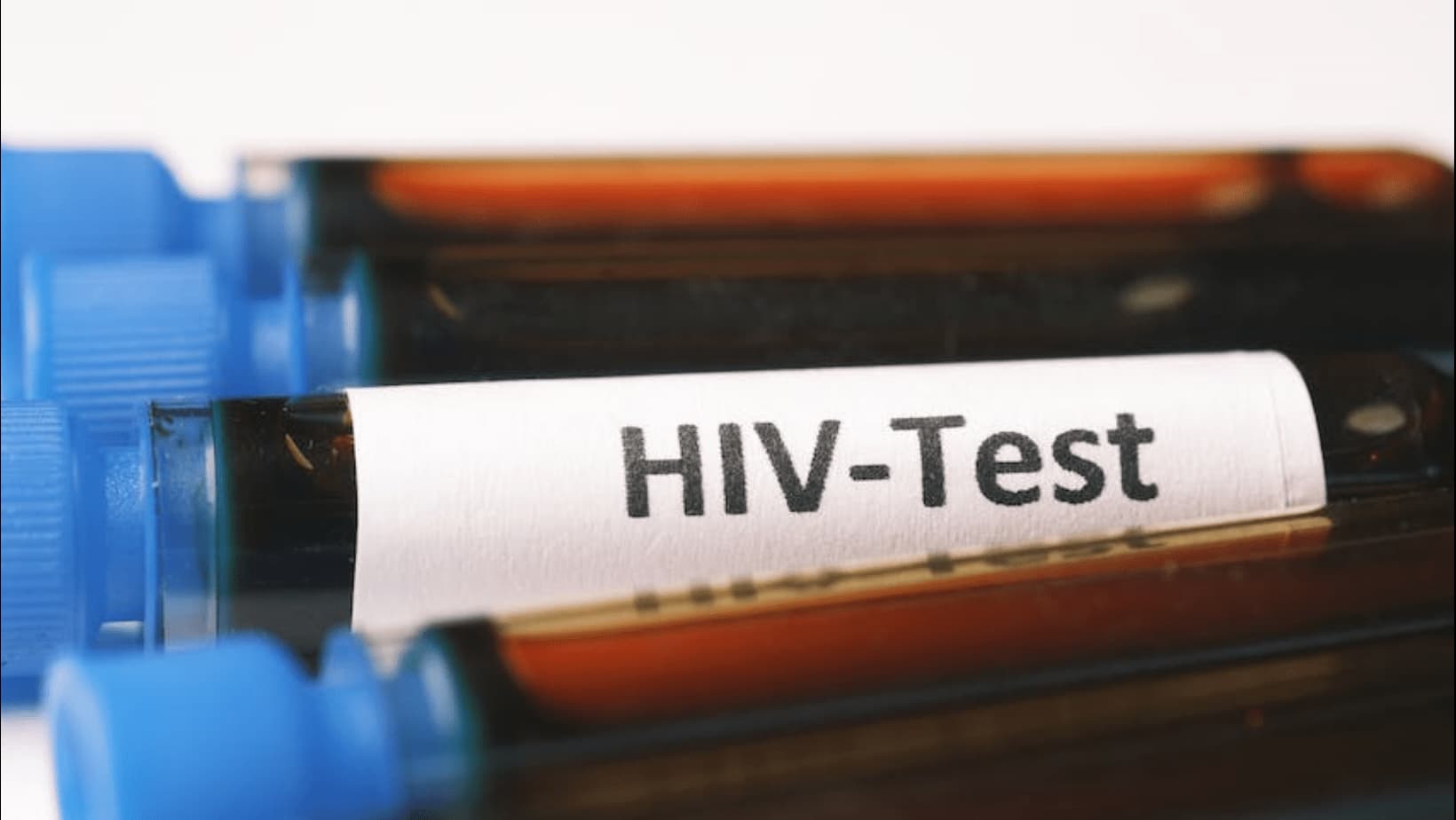
HIV is a serious condition that affects millions of people every day. While researchers have extensively looked into its types, groups and strains, its ability to mutate remains a threat.
Here’s a visual representation of all the things we’ve covered.
| Types of HIV | HIV-1 | HIV-2 |
| Groups (ranked in order of prevalence) | Group M
Group N Group O Group P |
Group A
Group B Group C Group D Group E Group F Group G Group H Group I |
| Subtypes (ranked in order of prevalence) | Subtype C
Subtype A Subtype B Subtype D Subtype G Subtype H, I, J, K and L |
None |
| Predominant geographical distribution | |
| Groups | |
| Group A | West Africa (Senegal, Guinea-Bissau, Gambia) |
| Group B | Guinea-Bissau and Cape Verde |
| Group C | Guinea-Bissau and Senegal |
| Group D | Guinea-Bissau, Gambia and Sierra Leone |
| Group E | Guinea-Bissau, Gambia, Sierra Leone |
| Group M | Worldwide |
| Group N | Central Africa |
| Group O | West and Central Africa (Cameroon and neighboring countries) |
| Group P | Cameroon |
| Subsets | |
| Subset A | East Africa (Uganda and Kenya), Eastern Europe, Central Asia |
| Subset B | Europe, North America |
| Subset C | Worldwide |
| Subset D | East Afruca (Uganda and Kenya), parts of Europe |
| Subset F | Southeast Asia, South America (Brazil) |
| Strains | |
| CRF01_AE | Southeast Asia, East Asia, the Pacific, parts of Europe |
| CRF01_AG | West Africa (Ghana, Cameroon, Nigeria) |
| CRF06_cpx | West and Central Africa (Cameroon and the Democratic Republic of Congo) |
| CRF07_BC | East Asia (China) |
| CRF08_BC | East Asia (China) |
